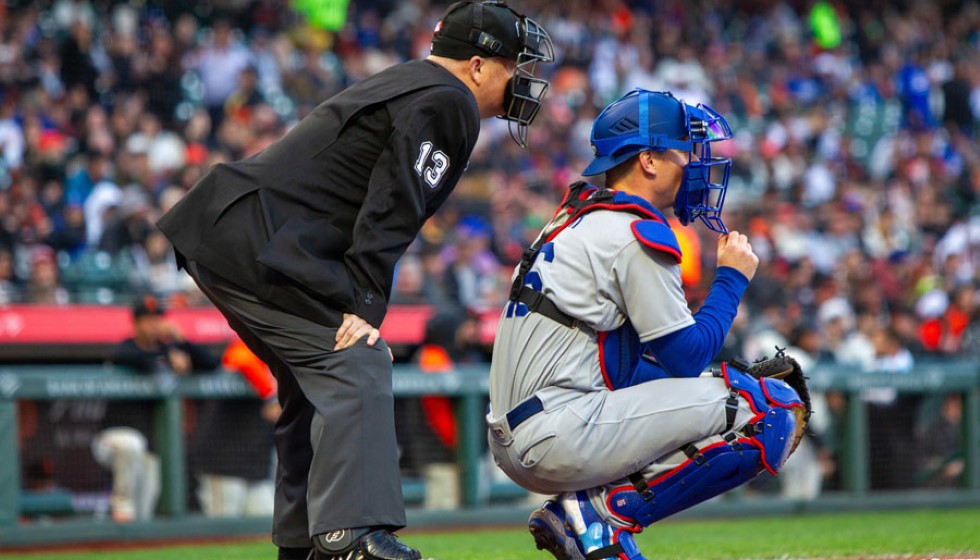
The Rise of Young Talent: MLB's Pre-Arbitration Bonus Pool in Action
This year's Major League Baseball (MLB) season has delivered consistent excitement, in part due to the league's innovative approach to rewarding emerging talent. The pre-arbitration bonus pool system, with a financial purse of $50 million, is at the center of this rewarding mechanism, crafted to recognize and incentivize players who are in their first three years of professional service but are already making substantial impacts on the field.
At the core of this system is a simple premise: to bridge the pay gap between seasoned veterans and youthful stars. Each MLB team contributes $1.67 million annually to this bonus pool, a collective effort that ensures fairness and broad-scale participation. Meanwhile, MLB’s central fund plays an essential role in reimbursing clubs for the bonuses doled out to deserving players.
Significant Bonuses Highlighted
Among the beneficiaries of this system is Bobby Witt Jr., who took home a generous bonus of $3,077,595. His performance on the field has often been electrifying, embodying the very spirit and energy the bonus pool seeks to reward. In a similar celebratory fashion, Paul Skenes was awarded a bonus of $2,152,057. His stellar performance didn't stop there; Skenes also ranked third in the National League Cy Young voting, earning himself an additional $1.5 million. Moreover, his combined WAR (Wins Above Replacement) secured him an extra $652,057, underscoring the multi-faceted evaluation system employed by MLB.
Gunnar Henderson is another name on this prestigious list, receiving $2,007,178. This bonus speaks volumes about his impact on the field and his contribution to team success. William Contreras and Cole Ragans also found their places in the spotlight with bonuses of $1,722,174 and $1,638,013, respectively. Jarren Duran rounded up the significant earners, pocketing $1,321,661. Each of these players has demonstrated skill, poise, and the potential to shape the future of the game.
The Evaluative Framework
The evaluation method determining how these bonuses are awarded is rooted in a combination of awards voting and a collectively determined version of WAR. This ensures that bonuses are not merely handed out based on subjective interpretations of a player's performance but are instead grounded in a more holistic view of their contribution to the team's success. It's a framework designed to align young players' compensation more closely with their actual market value.
Meanwhile, Sal Frelick, Brewers outfielder, received the smallest bonus of the season, totaling $232,549. Although modest within the context of MLB salaries, this amount highlights the inclusiveness and reach of the bonus pool system, ensuring that even players making smaller contributions are acknowledged.
A Sustainable Model for the Future
Set to remain in place until at least December 2026, thanks to the current collective bargaining agreement, this $50 million fund symbolizes a significant commitment to young players. It also represents a sustainable approach to ensuring that performance and talent are adequately recognized regardless of a player's contract status.
As MLB continues to evolve, adapting to new challenges and opportunities alike, the pre-arbitration bonus pool stands out as a beacon of progressive thinking. It assures young athletes not only of financial recognition for their present achievements but also serves as inspiration for generations of players to come who dream of making their mark in this storied league. Through this initiative, Major League Baseball underscores its dedication to nurturing talent and bolstering its ranks, ensuring a vibrant and competitive future for America’s pastime.